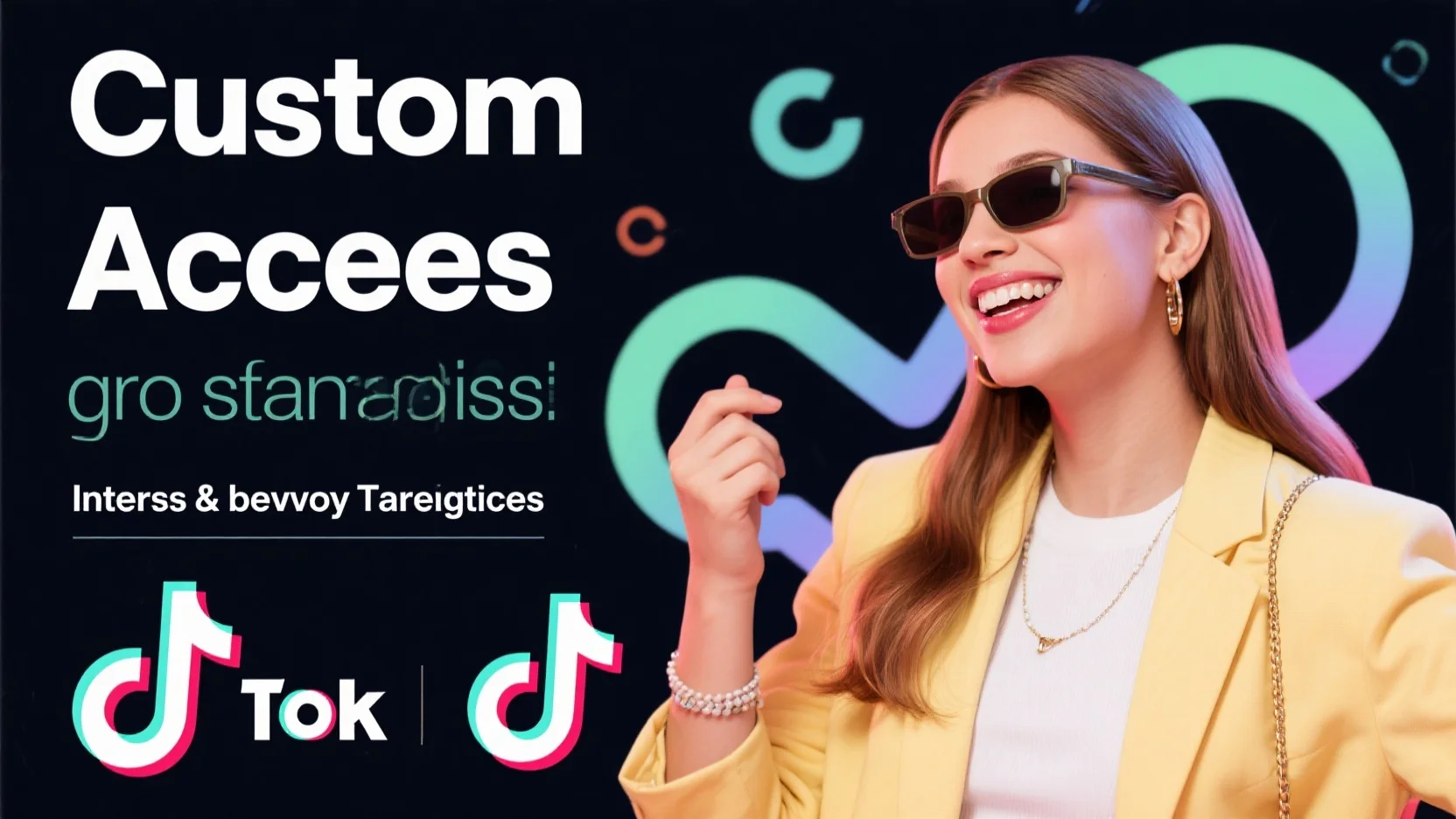
Mastering TikTok Audience Targeting: Interest, Behavior, Lookalike, Custom & Geo – Targeting Insights
In today’s competitive digital landscape, mastering TikTok audience targeting is essential for businesses aiming to boost their ad campaign success. According to a SEMrush 2023 Study, 40% of Gen Z users now search on TikTok